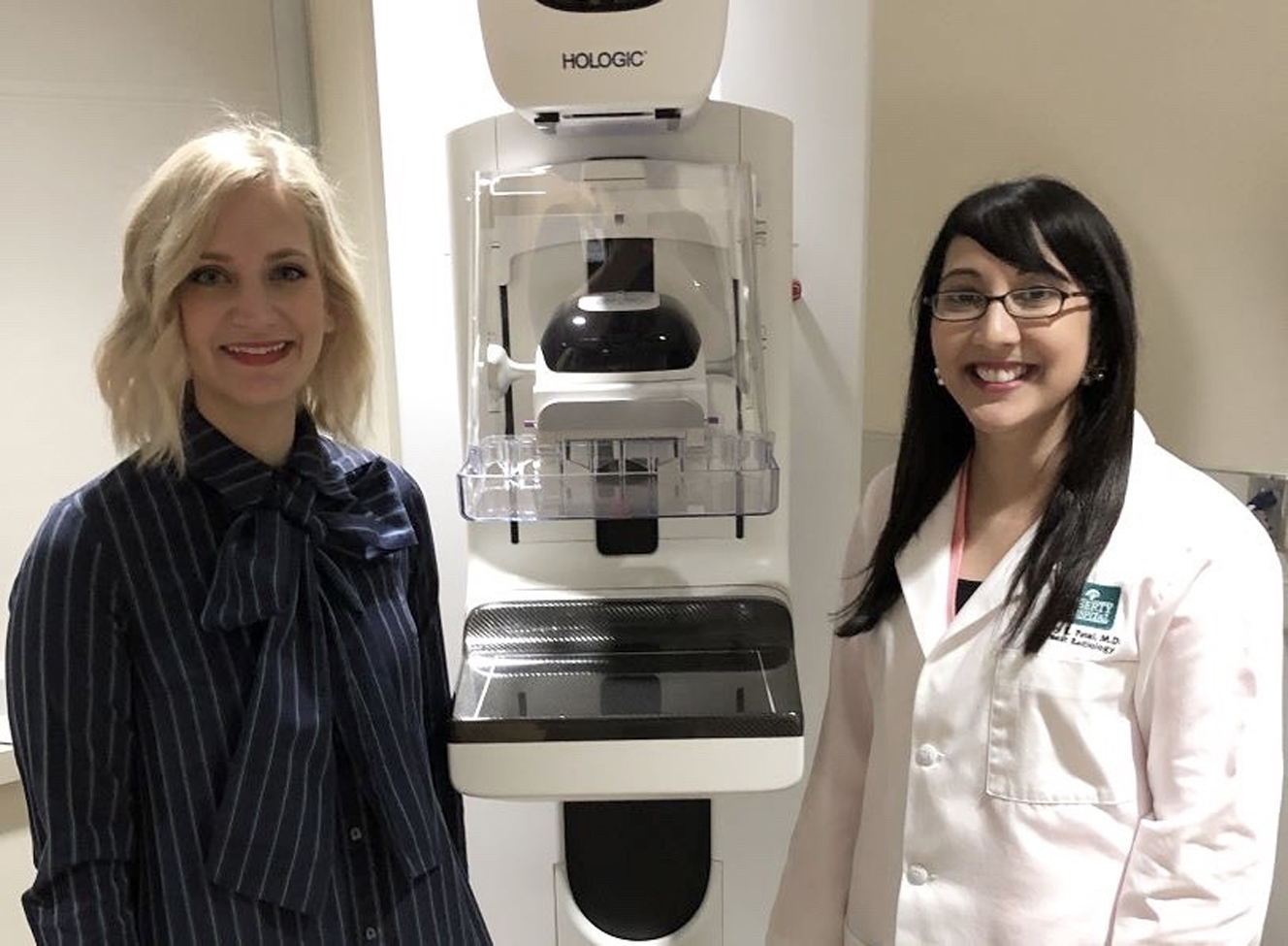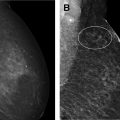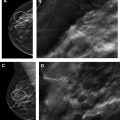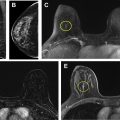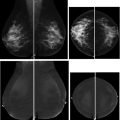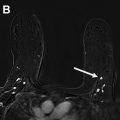In an increasingly competitive and passionate health care environment, radiology advocacy is imperative, now more than ever. Arguably, it is particularly more crucial in the world of breast cancer, as we as a breast cancer community are tirelessly assembling to advocate for our patients on a variety of levels, whether it is including but not limited to, breast cancer screening, diagnosis, and treatment, access-to-care, education, or research funding. As breast radiologists, it is no longer simply enough to clock in our normal work hours; we must ALL make a concerted effort to vociferously advocate for our patients and profession.
Key points
- •
In an increasingly competitive and passionate health care environment, radiology advocacy is imperative, now more than ever.
- •
Advocacy and responding to the call-to-action are imperative for breast cancer patients to ensure access-to-care, education, and research funding.
- •
Social media has become a transformative avenue to disseminate widespread messaging at a rapid rate to breast cancer community stakeholders, particularly when it comes to screening mammography access.
Introduction
In an increasingly competitive and passionate health care environment, radiology political advocacy is imperative, now more than ever. Arguably, it is particularly more crucial in the world of breast cancer, as we as a breast cancer community are tirelessly assembling to advocate for our patients on a variety of levels, whether it is including but not limited to, breast cancer screening, diagnosis and treatment, access-to-care, education, or research funding. As breast radiologists, it is no longer simply enough to clock in our normal work hours; we must ALL make a concerted effort to vociferously advocate for our patients and profession. We must be the voice for those who do not have one or for those whose voices get lost in the, at times, deafening noise. Luckily, there are many avenues in which this championing can be achieved. In addition, the importance of radiology advocacy is being instilled in a new generation of radiologists at an unprecedented rate, largely in part to the exposure they are receiving to this facet of medicine very early in their training. Recognizing the importance of actively championing for our subspecialty and our patients is arguably just as important as one’s clinical proficiency when entering practice. We must encourage the next generation to embrace this movement for change as we continue to face a perpetually changing and uncertain health care horizon.
Brief history of radiology political advocacy
There has been a long and rich history of political advocacy in health care, and particularly in radiology. “ Advocate ” comes from the Latin “ ad” and “Vocare,” to call. More current definitions of “Advocacy” revolve around efforts to affect some aspect of society, including individuals, employers, or the government.
Oftentimes, “advocacy” and “lobbying” are used interchangeably. However, in both a regulatory and legal context, lobbying is advocacy that is focused on specific legislative pieces with clear reporting requirements and penalties for infractions. Make no mistake: lobbying is crucial for access-to-care for our patients. The historical roots of lobbying date back to our founding fathers, with James Madison deeming a “faction” as “a number of citizens, whether amounting to a minority of the whole, who are united and actuated by some common impulse of passion, or of interest….” However, the actual term “lobbyists” was first described during the time when President Ulysses S. Grant was in office and advocates would physically gather in the lobby of the Willard Hotel in Washington, DC, to gain access to him. The health care industry accounts for approximately one-sixth of the US gross domestic product, so it is no surprise why the health care lobby is one of the most robust in Washington, DC. Fortunately, radiology has arguably the most exemplary and knowledgeable governmental relations teams out of all medical subspecialties, serving as steadfast and effective lobbyists on behalf of our profession all year round. Together, our efforts supporting medical and radiology lobbying are crucial as we educate our elected officials, overseeing bodies, patients, and patient advocates.
Advocacy education at the trainee level
Radiology political advocacy is reaching our trainees and a new generation of radiologists at an unprecedented rate, largely in part to the exposure they are receiving to this facet of medicine very early in their training. In radiology, we have taken the term “advocacy” one step further to coin the term “radvocacy,” a hybrid of “radiology” and “advocacy.” In fact, this term was coined by a former trainee who is now a young radiologist, and spread via Twitter and social media. “Economics” is now one of the Accreditation Council for Graduate Medical Education milestones, and thus many residency programs are implementing advocacy curriculum, whether of their own or through other avenues such as the Radiology Leadership Institute. , This curriculum development, in and of itself, is inciting great enthusiasm and imparting essential knowledge to a new generation of future and early career radiologists who will hopefully carry the torch for years to come. In addition, comprehensive offerings in the form of fellowships have been established, including the American College of Radiology (ACR) Rutherford-Lavanty Fellowship in Government Relations. This fellowship was established in 1993 and was initially named the J.T. Rutherford Fellowship in honor of the first lobbyist of the ACR. It was renamed in 2014, adding Donald Lavanty’s last name, an additional trailblazing ACR lobbyist with expertise in health care policy and law. , This fellowship exposes residents to the legislative and regulatory processes in which the ACR participates. It also exposes residents to how various governmental factors affect the future of radiology. Residents meet members of congress from both sides of the aisle, all of whom are in support of radiology legislative agendas such as screening mammography access. The overwhelming majority of trainees who experience this fellowship become ardent “radvocates” during their careers, largely in part to truly understanding the inner workings of how radiology’s government relations team works tirelessly on behalf of our patients and profession.
Examples of advocacy at the local, state, and national levels
The beauty of advocacy is that it can be expressed at so many levels and forms. Examples of local efforts include speaking or making your presence known at women’s health events where you can empower women to make the best informed decisions for themselves ( Fig. 1 ). At the institutional level, speaking to hospital systems at medical executive meetings and even meeting with referring providers and payers can be effective ways to advocate on behalf of our patients for the access and standard of care they deserve. Also, participating in podcasts can be a great way in which to disseminate messaging about screening mammography and access ( https://www.acr.org/Practice-Management-Quality-Informatics/ACR-Bulletin/Podcasts/PHM-in-Your-Practice/PHM-and-Breast-Imaging ).
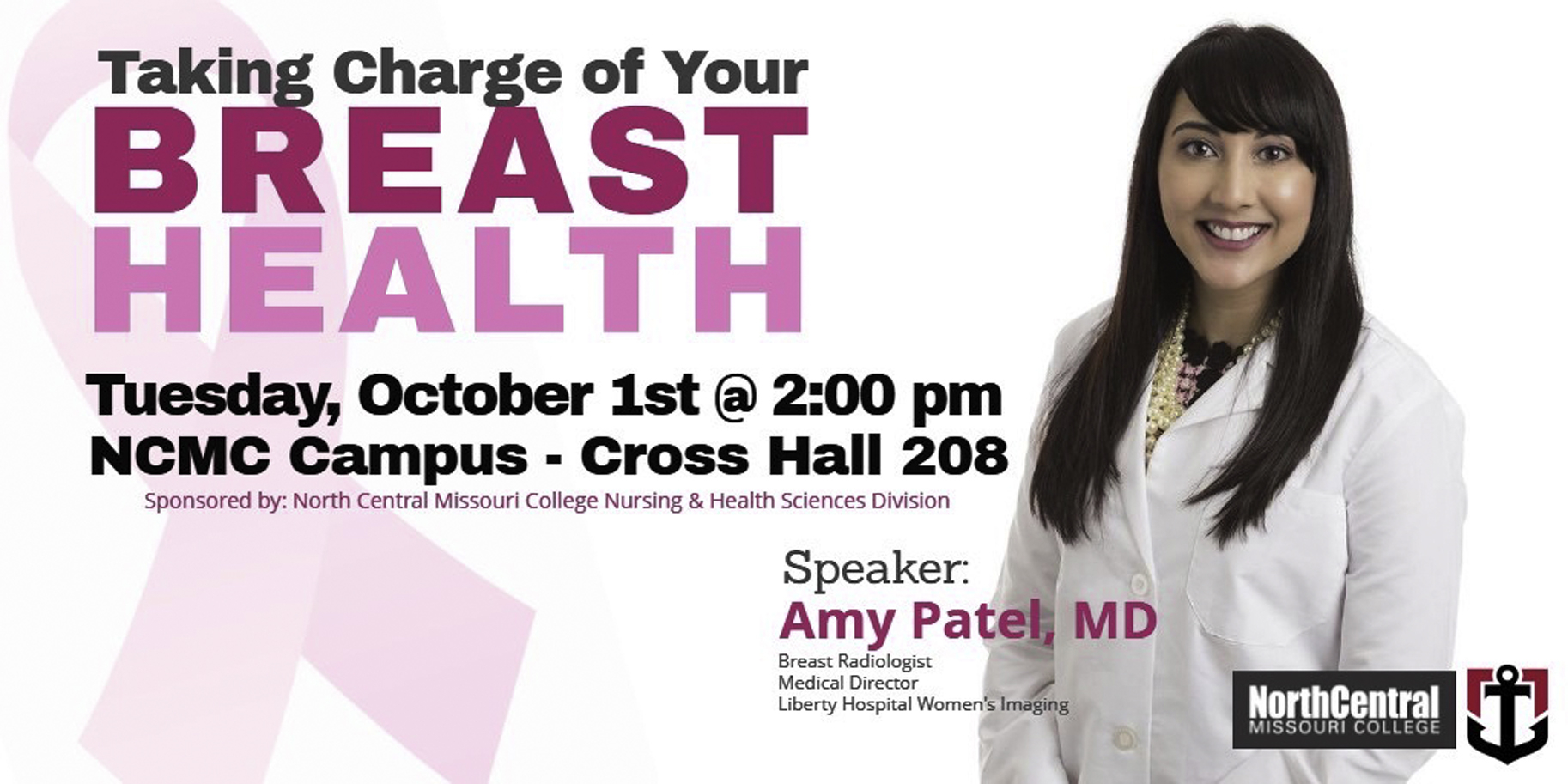
Other ways include community involvement with organizations such as Susan G. Komen, American Cancer Society, Be Bright Pink, and The Pink Agenda. For example, through my involvement in Susan G. Komen Kansas and Western Missouri, I was named Komen’s “Biggest Big Wig,” a fundraising campaign in which I raised the most funds. From that endeavor, I was asked to throw the first pitch at the Kansas City Royals Major League Baseball Game. Before the first pitch, I was able to “make the pitch” of impressing on the fans the importance of annual screening mammography.
At the state level, you can get involved in your state radiological society. Each state has its own state radiological society that is a branch of the ACR. Furthermore, you can be involved in legislative efforts, such as passing mammography legislation for digital breast tomosynthesis coverage, diagnostic breast imaging coverage, and supplemental screening. These efforts can be achieved by working with your state radiological society and respective lobbyist. The ACR’s government relations staff can also be a great resource to assist in the initiation process. For example, through collaboration with the Missouri Radiological Society in 2018, we were able to pass critical legislation for digital breast tomosynthesis coverage for Missouri women annually beginning at age 40 ( https://www.mycouriertribune.com/health/new-law-requires-insurance-to-cover-3d-mammograms-in-full-in-2019/article_259fb755-75cb-5574-b8e9-29c71e77e3a9.html#/questions/ ). More recently, I testified in front of the Missouri State Legislature with Senator Lauren Arthur (D) in support of Senate Bill 551, a bill that we crafted together, and was passed in August 2020, which will provide insurance coverage for high-risk breast cancer patients in accordance with the recommendations of the ACR/SBI screening recommendations in above average risk women ( Fig. 2 ).

